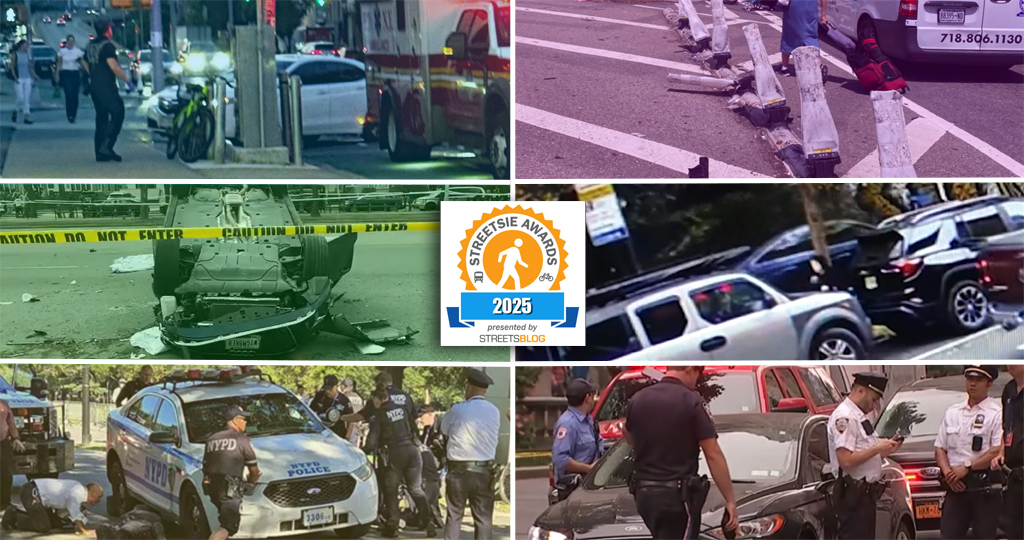In many of our cities right now, there's a built environment devoted to parking that rivals retail or even office space.
What will all this garage space look like in 10 years? Or 20? Will a changing energy landscape and increased investment in non-automotive modes of transportation turn all this structured parking into massive concrete echo chambers? How can we prevent new development from making irreversible commitments to private vehicle storage that generates traffic and wrecks cities?
Paul Barter at Network blog Reinventing Parking says it's time for planners to get out ahead of this issue. One approach is to get rid of parking minimums that permanently affect the built environment. In his latest post, Barter asks whether we should also require developers of above ground parking to assure that the space can easily be converted into another use.
The idea is to reduce the extent to which the parking supply is locked into the landscape. This could be very important in places without much surface parking, such as many parts of many Asian cities where most parking is within buildings (in basements or parking floors above ground) and sometimes in stand-alone structures. Some of these cities are currently requiring 2 or more car parking spaces per 100 square metres of built space. Are we sure they will need that much for the lifetimes of those buildings?
Making parking space easier to convert would be prudent if there is a good chance of a significant drop in demand within the next decade or two. An epidemic of Shoupista reforms could do that. So might peak oil or serious climate change policy action. Pedestrianization of city-centre streets can also leave parking facilities stranded, so car parks in such locations would be good candidates to be designed for easy conversion.
Singapore is leading the way in rehabilitating car parking space for people-based uses, says Barter, and he's looking for other places that have taken it on. Got any examples from U.S. cities?
Elsewhere on the Network today: I Bike T.O. looks at the politics of biking and driving as part of a review of the book One Less Car. Publicola asserts that opponents of red-light cameras care little about pedestrian safety. And Biking in L.A. puts a spotlight on some of the city's most treacherous potholes.






